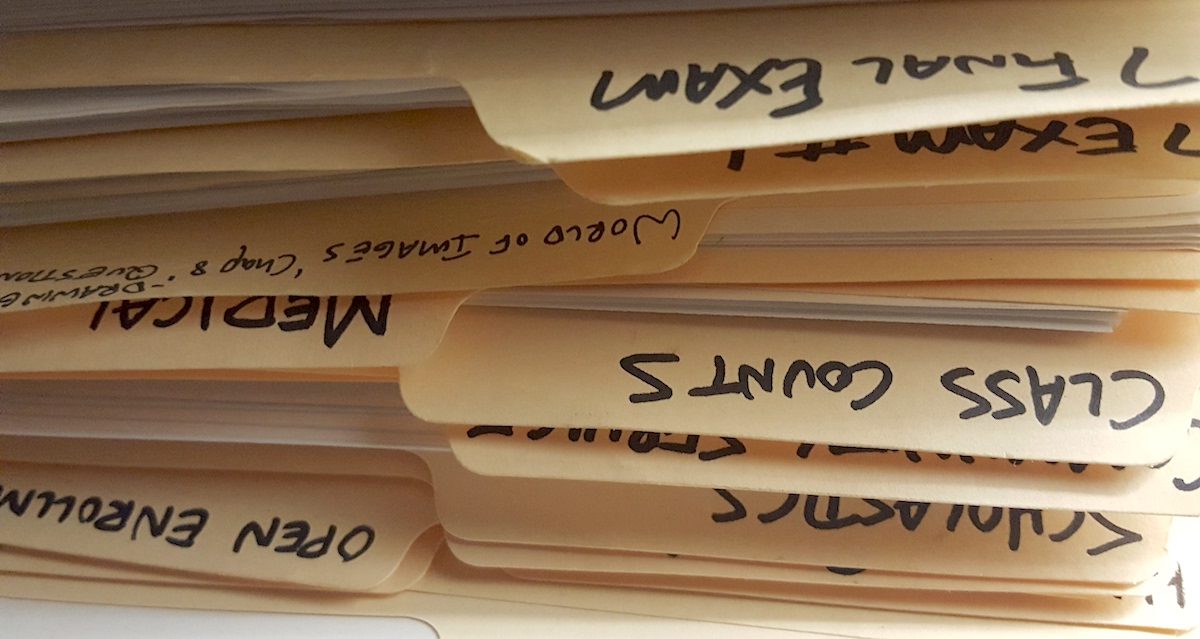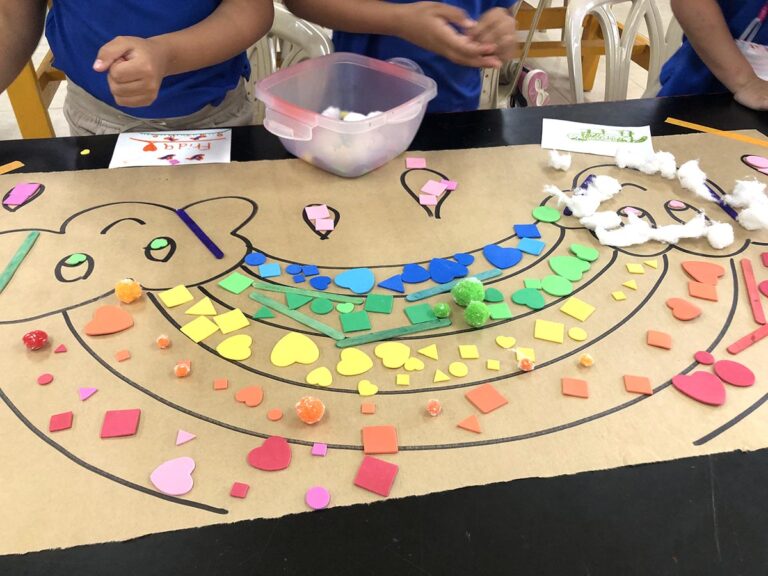The first couple months of school are always hectic for teachers. Learning students’ names, getting used to a new schedule, and planning engaging lessons is a lot of work. Add to that the paperwork involved in planning and documenting learning, and it can get a bit overwhelming!
One type of paperwork teachers receive at the beginning of each year is the Individualized Education Plan (IEP) paperwork for exceptional education students. These forms explain what specific actions teachers need to take to help these students learn in the classroom. Law requires teachers to implement these accommodations with fidelity.
Before I took a class on special education in the public schools, I was intimidated by IEPs. I sometimes had trouble figuring out exactly what I was expected to do for each child. How was I supposed to figure out what part of the document I needed to read? How could I make sure I was doing everything correctly?
Here are the most important things you need to know about IEPs.
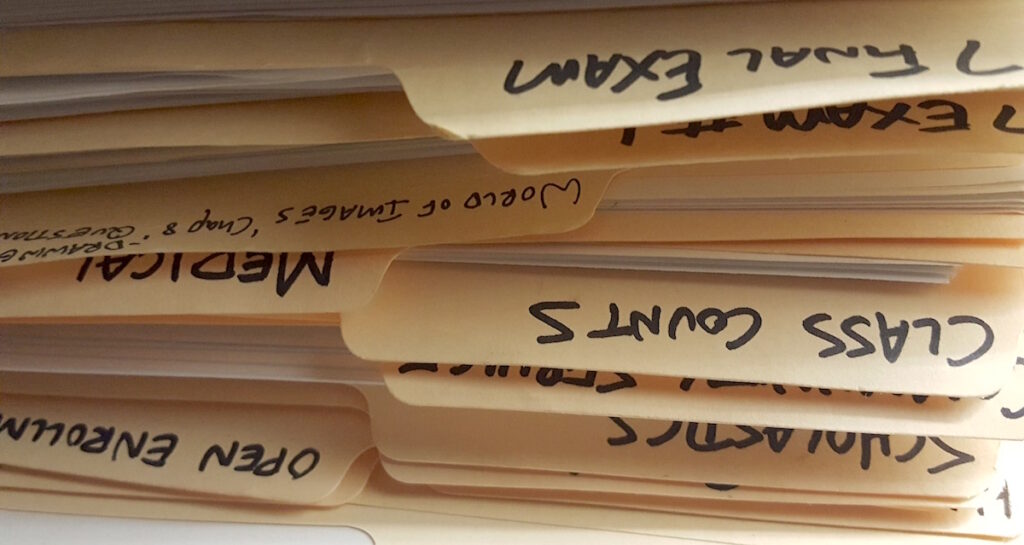
What is an IEP?
An IEP is a plan created to help an individual student learn. Not every student has an IEP. Only students who have been determined to have disabilities hindering their ability to learn in a classroom setting have IEPs. These disabilities can range from ADHD to intellectual disabilities. The reasons can be as varied as the individual students themselves.
What are the parts of an IEP?
All IEPs follow the same basic structure and include the following parts:
1. Present levels of academic achievement and functional performance
2. Measurable annual goals
3. Special education and related services
4. Time allotted in different settings
5. Participation in state and district assessments
6. How progress will be measured
For students approaching the end of their secondary education, there are these additional items:
7. Transition plan
8. Age of maturity
What parts do I need to be concerned about as an art teacher?
Whew! I know it looks like a lot. Although this list is long and appears daunting, as art teachers we need to be concerned mostly with the first three items on that list.
1. Present Levels of Performance (PLOP for short)
This is an important area for you to explore. The PLOP explains where a student is right now. What can they do? What are their strengths and challenges at this very moment?
I have found this to be a helpful part of the document. In addition to academic information, this section often includes social and emotional information about the child. You may find a student has an interest in something specific which will help you connect with him or her. You may also find students have challenges which will impact their ability to paint or use clay in your room.
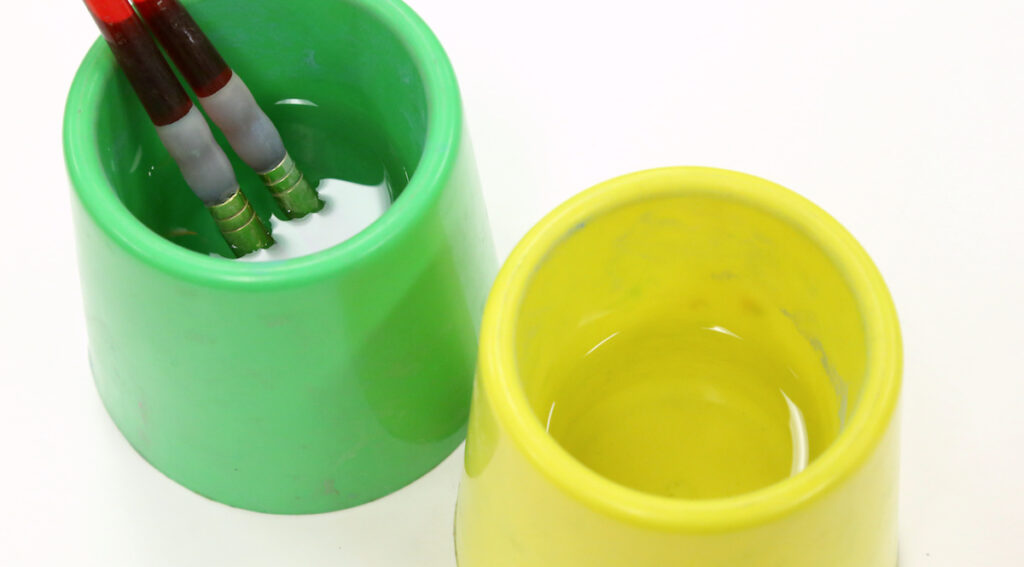
2. Measurable Annual Goals
This area of the document explains what the student’s goals are for the year. These are specific, measurable, and are re-evaluated regularly.
I find this area is sometimes valuable for me to read and sometimes it’s not. It depends on the goals themselves. If the goals are about math skills, it might not apply to what we do in art. But if the goals are applicable to what we do in the art room, I can support the student in achieving them while they are learning in my classroom.
3. Special Education and Related Services
This area consists of several different items, but the one that most concerns you as the art teacher is the accommodations form. This is the area of the document telling you what you need to do to ensure the student is getting the support they need in your classroom.
Remember, these are not suggestions. They are required by law.
Sometimes the accommodations may not apply to your class. For example, if you do not test your students, then the fact that the student requires a read-aloud test probably does not apply to you. But if the form says that the student needs repeated directions or preferential seating, then you need to be sure to provide those supports to the student.
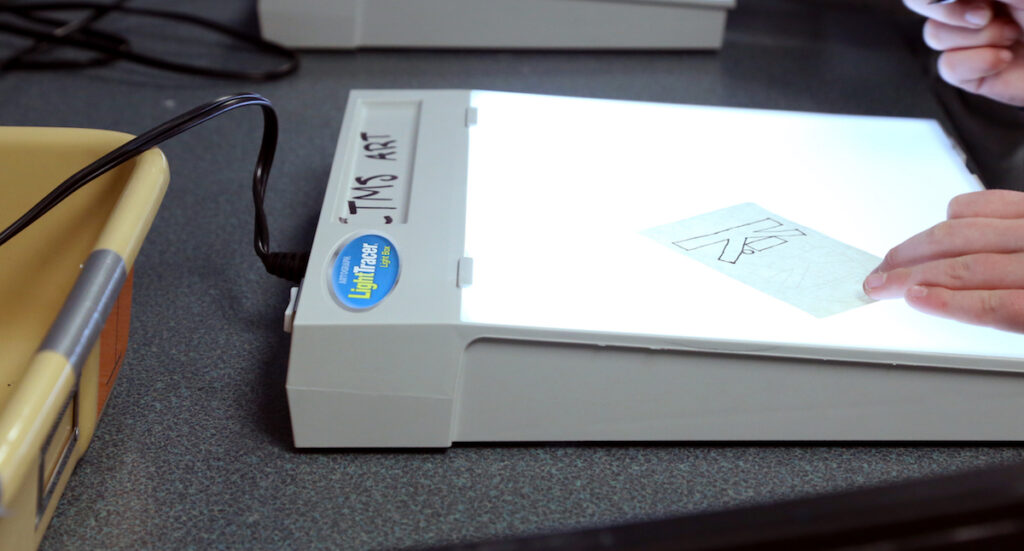
If you have questions, ask your exceptional education teachers.
I have found that exceptional education teachers are very happy to answer any questions about how to meet the needs of their students. These teachers are important allies. They know the students well and are usually a wealth of information. If you are ever feeling unsure, reach out to them! They are there to help.
Although IEPs can be intimidating, they are important. Once I learned how to read them and find the most pertinent information, I was much more comfortable.
What advice do you have for teachers implementing accommodations in the art room?
How have IEPs helped you meet the needs of your art students?
Magazine articles and podcasts are opinions of professional education contributors and do not necessarily represent the position of the Art of Education University (AOEU) or its academic offerings. Contributors use terms in the way they are most often talked about in the scope of their educational experiences.
